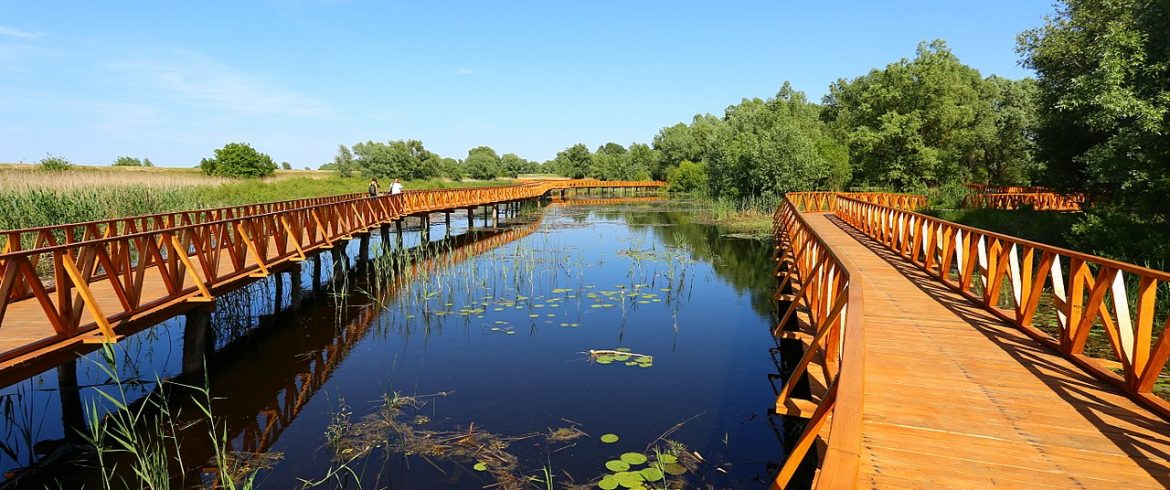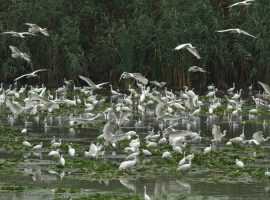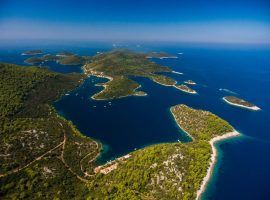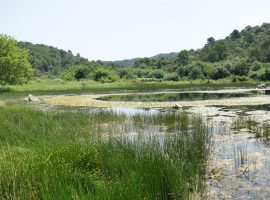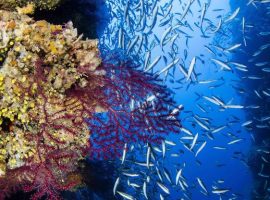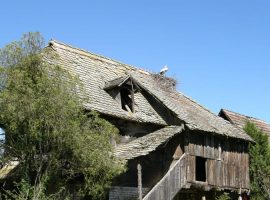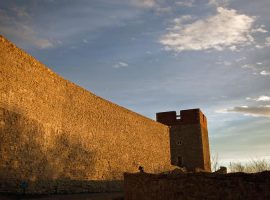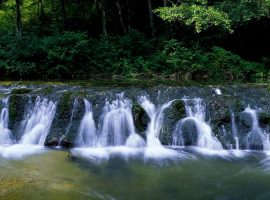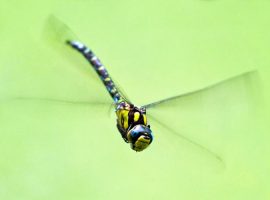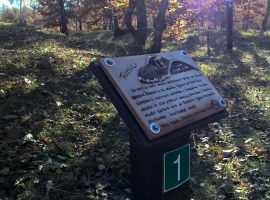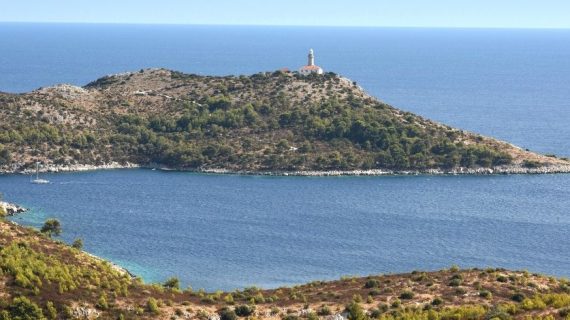Visit a natural park to get incredible emotions without crowds of tourists. Croatian nature parks offer unforgettable experiences!
1. Kopački rit – Natural park
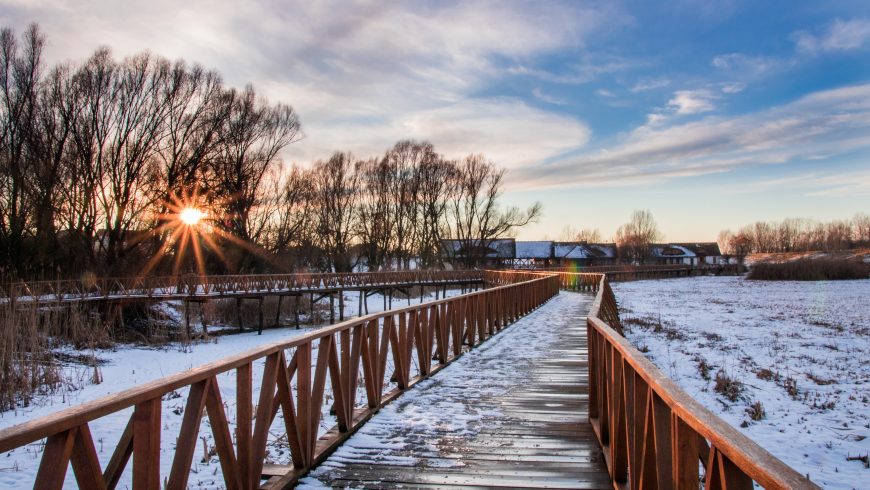
The Kopački rit nature park is located about 10 km from Osijek in eastern Croatia. The unique aspect of Kopački rit is the result of constant flooding of the Drava and Danube. If you wish to see Kopački rit completely covered by water you can do so on average for over 30 days a year.
Kopački Rit is one of the largest wetlands in Europe which is home for thousands of species. The nature park is the most valuable special zoological reserve in Croatia and includes about 70 square kilometers. It is the largest nursery and breeding area for freshwater fish in the Danube region. Over 2,300 species live in these wetlands and around 140 bird species find refuge.
- Source: Nature Park Kopački rit web page (Author: Hrvoje Domazetović)
The park is a world-famous destination for bird-watching. Visit the Tikveš castle, built by the Habsburgs, also known as the castle of President Tito and the two main lakes of the park: Kopačko jezero and Sakadaš.
In the park, you can do a sightseeing tour by boat, go canoeing, cycling following specific routes, and even take a ride on a tourist train.
You will be able to admire the white-tailed eagle, the red deer, the great cormorants, the otter, the European beaver, the marten, the frogs, and the grass snake.
2. Lastovo archipelago – Nature Park
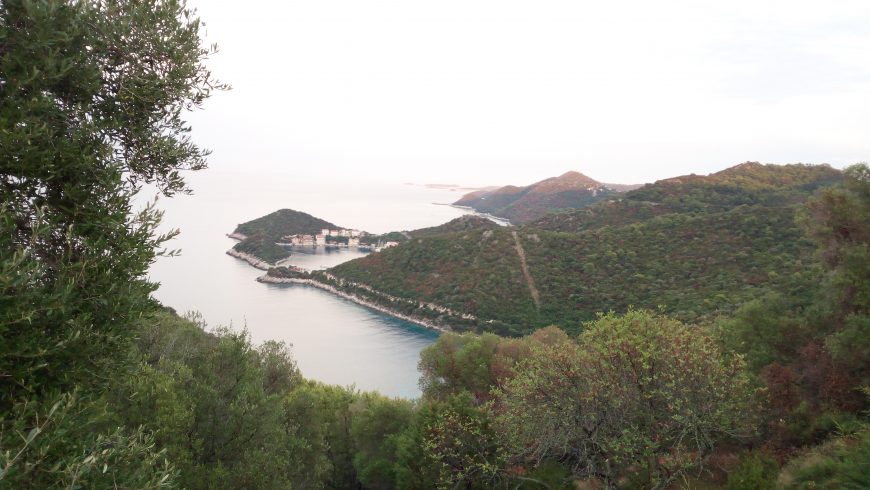
The Natural Park takes its name from the largest island of the archipelago, Lastovo. The archipelago is made up of 44 islands, islets, and marine rocks. The landscape of the Lastovo islands allows visitors an infinite discovery of numerous canals, coves, and rocks. The easiest entry from the sea is in the bay of Skrivena luka, located on the southern side of the island. The Hum viewpoint, 417 meters above sea level offers an infinite blue view.
The World Wildlife Fund (WWF) has declared the island an area of particular importance for the conservation of biodiversity in the Mediterranean. The Lastovo islands’ natural park is an important place for birds to stop and feed during their annual migrations. So far, 145 bird species have been recorded in the archipelago territory.
- Source: Nature Park Lastovo archipelago web page
Lastovo’s abundance of sunlight and nighttime humidity gives life to a wide variety of plant species. There are also a large number of vertebrate and marine invertebrate species. On the island, there are numerous caves, which are home to at least 16 species of bats. Visit the famous Rača cave, which is also a rich archaeological site.
To be seen the unusual fireplaces with their elaborate forms, to reflect the wealth of the single families. Each fireplace is unique, without a copy insight.
The protected prehistoric archaeological sites include numerous caves, fortresses, and all eleven existing prehistoric mounds. There are also 18 registered underwater archaeological sites in the Natural Park area. Out of 38 churches in total, 21 are protected cultural assets.
The Lastovo carnival that takes place every year is linked to the Moorish (Catalan) siege of the island of Korčula, which took place in 1483. It is one of the most unique costumes in Croatia.
3. Lonjsko polje – Natural park
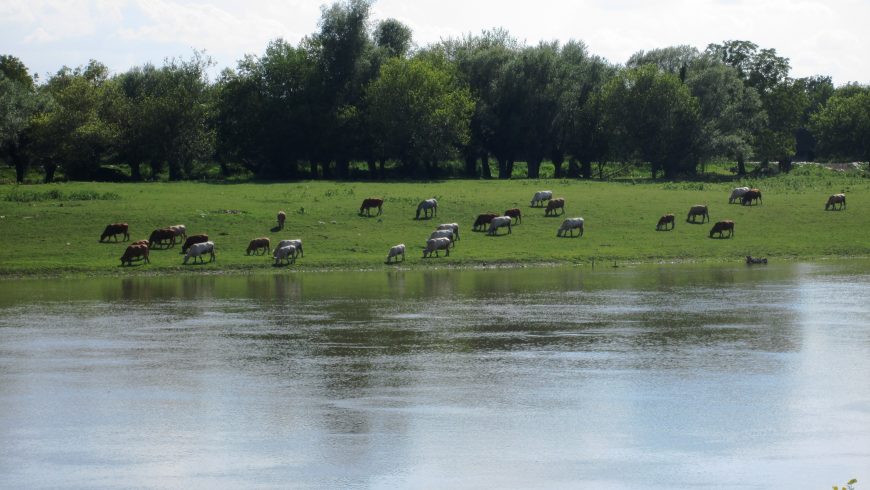
With an area of 506 sq km, it is one of the largest and best-preserved natural alluvial areas in Europe and also one of the largest protected wetlands in the Danube basin. It is also a world-renowned bird-watching area, as 250 bird species have been recorded in the area.
The meadows and pastures of Lonjsko polje are flooded with the Sava river and its tributaries 30 to 100 days each year. Lonjsko polje is one of the last areas in Europe where traditional pasture is still preserved and cattle still roam freely on large common pastures. The four-leaf clover, now almost extinct in Europe, is still widespread in the areas of the flood plains around the Sava river.
- Source: Nature Park Lonjsko polje web page
Lonjsko polje is an exceptional example of an area where people have completely adapted their lifestyle to floods, creating a tradition of living with water instead of trying to fight it. You can also see it in traditional architecture. The two-story oak-built houses of the globally appreciated region are an example of the ability to build an entire house without a single nail.
In the “stork village” of Čigoč, the adaptation of storks to coexistence with humans is clearly visible. There are almost a hundred storks in thirty active nests in many houses and barns.
In Krapje, the originality of traditional architecture has been preserved in its entirety. There are many wooden houses and in the village, you can also see other historical structures: the church, the building of the firefighters, the municipal building, the water mill, the cemetery, and a local inn.
4. Medvednica – Natural Park
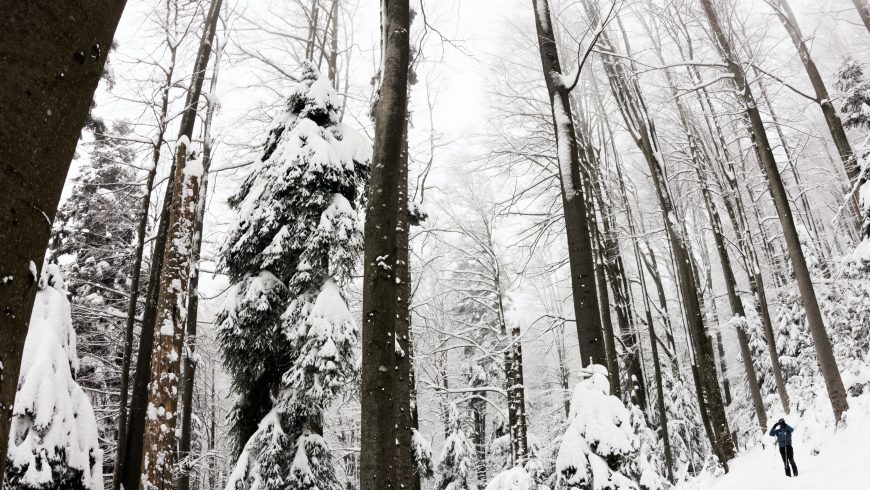
Medvednica is a green mountain that guards a city with almost a million inhabitants, Zagreb, the capital of Croatia. The highest peak is the Sljeme.
The mountain is very interesting, especially for the green shale which has become a symbol of Medvednica and adorns the facades of many buildings on the mountain, such as the Tomislavov dom hotel and the chapel of Our Lady of Sljeme.
The waters of the Ponikve area that plunge underground through the cracks in the rocks have formed the Veternica cave, which with its underground canals more than 7 kilometers long is one of the longest in Croatia.
- Source: Nature Park Medvednica web page
In the central part of the mountain, the ancient Medvedgrad attracts the eye, an imposing fortification, built-in 1254 after a disastrous incursion by the Tartars, who attacked the area and completely destroyed and burned the city of Zagreb. Although defended and ready to fight, Medvedgrad was never attacked.
The Medvednica mountain includes eight special forest vegetation reserves in which forest management is reduced only to the maintenance of natural balance. 24 species of bats live in the park. Note that, in one night, a bat can eat up to six hundred mosquitoes.
The Zrinski mine belongs to the protected cultural heritage of the Republic of Croatia. About thirty miners made daily shifts lasting ten or twelve hours, manually extracting the silver using only hammers, wedges, picks, and shovels. As early as the middle of the 17th century, the Zrinski family stopped production in the mine. In 2004, the Medvednica natural park opened the mine to visitors.
5. Žumberak – Samobor highlands

This mountain area is one of the least inhabited in Croatia. Life here has never been easy, and the only way to live was to adapt to the laws of nature. It is precisely this set of traditional landscapes, the rich flora and fauna, the geological features and the precious archaeological finds, which today attracts hikers, mountaineers and nature lovers in the area.
The Karst covers up to 90 percent of the Park’s surface. The deepest cave is Dolača and the longest is Provala. Sveta Gera (1,178 m) on the Žumberak hills is the highest peak in the north-western part of Croatia; today it is a popular destination for climbers. Japetić is the highest peak of the Samobor hills, with its 879 meters. Climbers, but also people passionate about history, often choose the mountainous area of Okić, which is home to one of the oldest medieval noble cities in Croatia located on the top of the mountain.
- Source: Nature Park Žumberak-Samobor highlands web page
In the park, there is a network of about 350 kilometers of routes for mountaineering. Cyclists have over 200 kilometers of cycle paths which give them the opportunity to enjoy the beauty of the landscapes.
A tomb with 140 early Iron Age mounds was discovered under the village of Budinjak, which represents one of the largest finds of this type. Budinjak is located between Bregana and Krašić, it is a small place with only about ten inhabitants, but with a very rich past. The prehistoric site of Budinjak (dating from the period between the tenth and sixth centuries BC) and the adjacent site of the Roman period of Bratelji (1st and 2nd centuries) are part of the Archaeological Park.
Park rules
It is important to remember that in protected areas it is forbidden:
- Throwing waste
- Harass animals, collect and damage plants and mushrooms
- Light the fire
- Go camping
- Drive off-road motor vehicles
- To damage mining formations in the caves
Cover image: wooden trail you can take through Kopački rit near Osijek, Croatia. Photo by Misalalic via wikimedia.org
